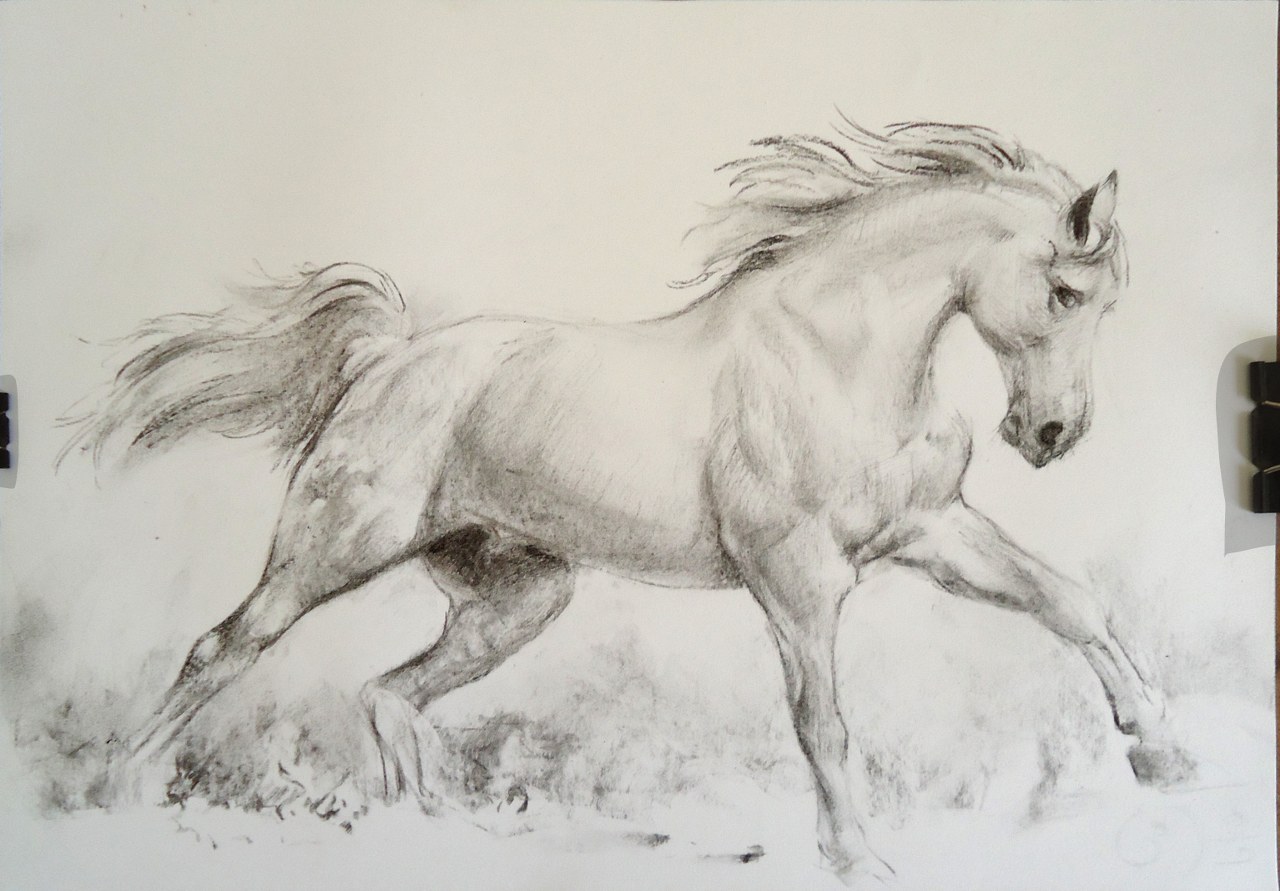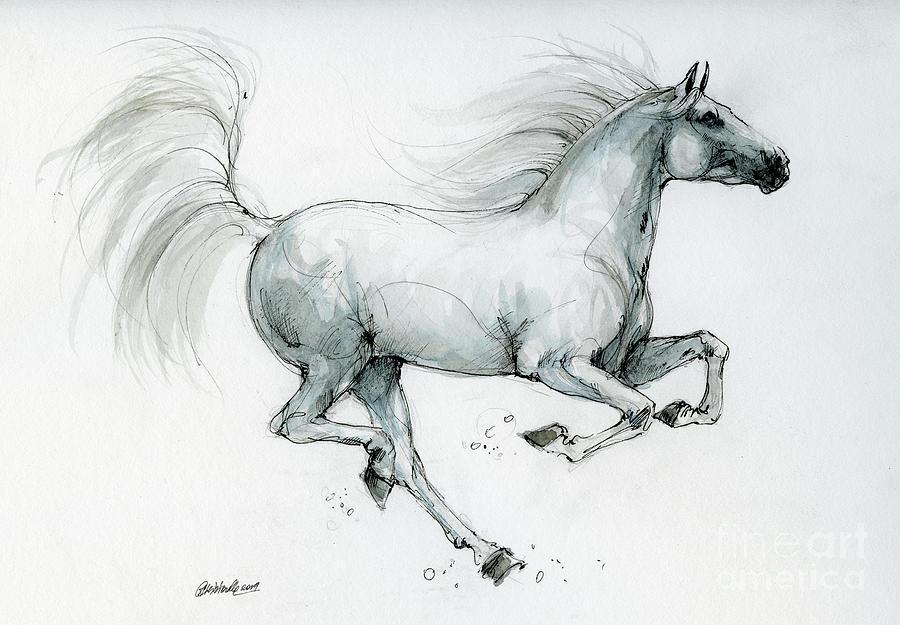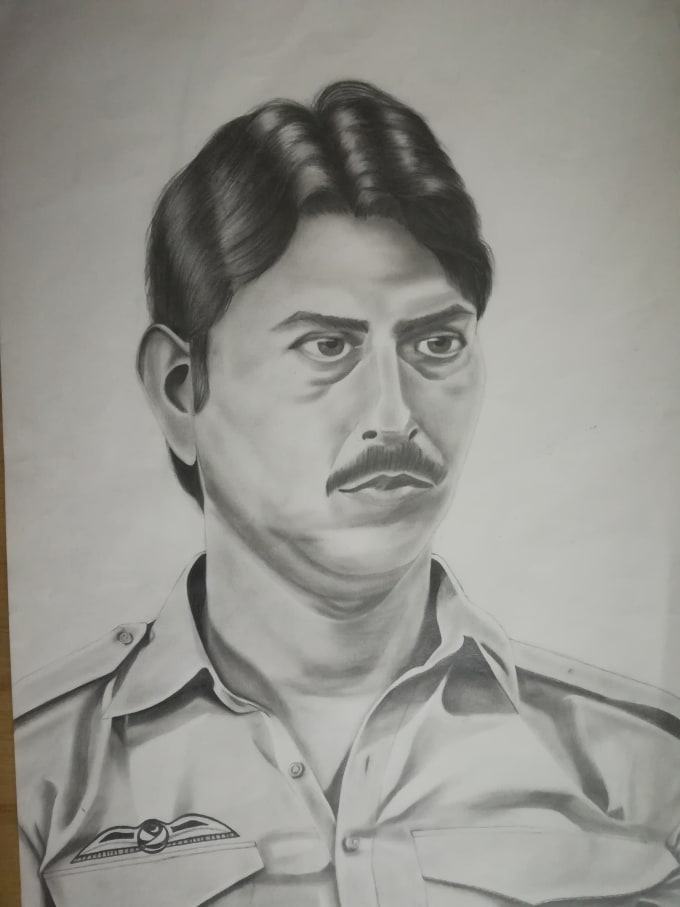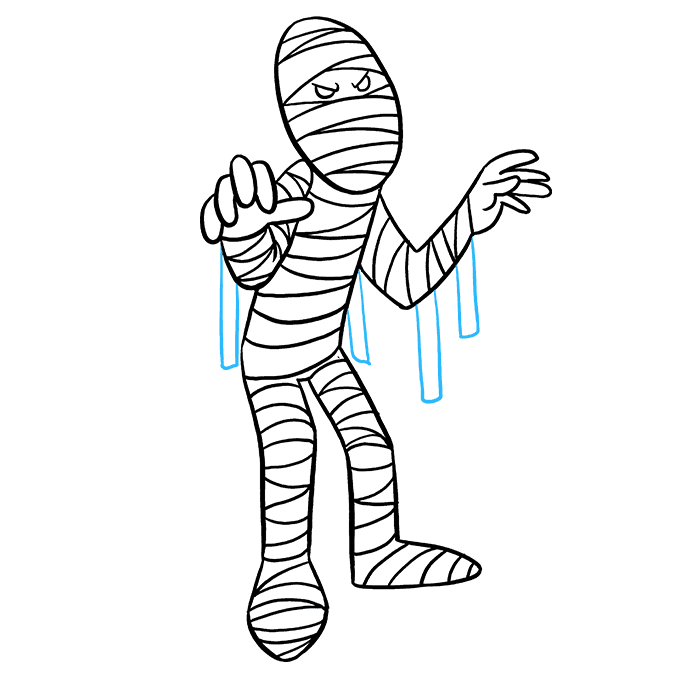Horses running drawing at getdrawings
Table of Contents
Table of Contents
Are you struggling with how to draw a horse running? Do you often find yourself stuck when it comes to capturing the motion and grace of this majestic animal on paper? Fear not, as we have some tips and tricks to help you master the art of drawing a horse in motion.
Many aspiring artists struggle with capturing the true essence of a horse in motion. From the musculature and movement to the overall composition of the drawing, it can be overwhelming to create a drawing that truly captures the magic of a running horse.
The key to drawing a horse in motion is to understand the anatomy and how it moves. Start by studying images of horses in motion, paying close attention to the musculature and how it changes as the horse runs. Once you have a better understanding, start with a basic sketch and gradually build up the details.
In summary, to draw a horse running, start by studying the anatomy and movement of the animal. Then, begin with a basic sketch and gradually add details, paying close attention to the musculature and overall composition of the drawing.
How to Draw Horse Running- Step by Step Guide
As someone who has been drawing horses for years, I can attest that drawing a horse in motion can be a challenge. But with a little practice and patience, it can be done! Here’s a step-by-step guide to help you get started:
Step 1: Start by drawing a basic outline of the horse’s body. Pay attention to the overall shape and position of the legs and head.
 Step 2: Add details to the horse’s face and legs, paying extra attention to the musculature.
Step 2: Add details to the horse’s face and legs, paying extra attention to the musculature.
 Step 3: Start to fill in the details of the horse’s body, paying close attention to the curves and lines that show movement.
Step 3: Start to fill in the details of the horse’s body, paying close attention to the curves and lines that show movement.
 Tips for Drawing a Horse in Motion
Tips for Drawing a Horse in Motion
Here are some additional tips to help you create a stunning drawing of a horse in motion:
1. Start with a basic sketch: Even if you’re an experienced artist, it’s helpful to begin with a simple outline of the horse’s body to ensure accurate proportions and placement.
2. Observe real-life horses: Take the time to study horses in motion in real life, whether it’s at a ranch, a horse show or even via videos online.
3. Pay attention to the legs: The way the legs move and the muscles contract and stretch can be challenging to replicate on paper. Take the time to get this detail right, and your drawing will look more realistic.
4. Use shading: Shading is important to create depth and dimension in your drawing. Pay attention to where the light is coming from and create shadows and highlights accordingly.
Understanding Horse Anatomy
To create a drawing that captures the essence of a horse in motion, it’s important to understand the anatomy and how it changes as the horse runs. Here are some key points to keep in mind:
1. Musculature: Understanding equine muscle structure is key to creating a believable, dynamic drawing of a horse in motion. Take the time to study the different muscle groups and how they change as the horse runs.
2. Joint movement: Understanding how the joints of the horse’s legs move as it runs can be useful in creating a dynamic, realistic drawing.
3. The head and neck: The position of the head and neck can vary depending on the speed and direction the horse is running. Make sure to pay close attention to these details in your drawing.
Common Mistakes to Avoid
Even the most experienced artists make mistakes when drawing horses. Here are some common mistakes to avoid:
1. Incorrect proportions: Make sure to study the anatomy of the horse and pay attention to proportions, such as leg length and overall body shape.
2. Flat drawings: A common mistake is creating a flat drawing without any depth or dimension. Use shading to create a 3D effect.
3. Stylistic choices: While it can be tempting to add your own personal style to your drawing, try to keep things realistic, at least while you’re still learning the basics.
Question and Answer
Q: How can I practice to improve my horse drawing skills?
A: Practice is key when it comes to improving any art skills. Keep drawing horses from different angles, and study their musculature and movement in real life.
Q: Are there any specific art tools or materials that are best for horse drawing?
A: While you can use any drawing materials to create a horse drawing, some options might be better suited for capturing the details of the musculature and movement. Materials that are commonly used include graphite pencils and charcoal.
Q: Can I use a reference photo when drawing a horse in motion?
A: Absolutely! In fact, using a reference photo can be helpful for ensuring accuracy and capturing the true essence of a horse in motion.
Q: Is it okay to simplify the anatomy of the horse in my drawing?
A: While it’s okay to simplify the anatomy somewhat, it’s important to stay as true to the actual musculature and movement as possible if you want a realistic or accurate drawing.
Conclusion of How to Draw Horse Running
Learning how to draw a horse in motion can be challenging, but with practice and dedication, you can capture the true essence of this beautiful animal. Remember to study the anatomy, pay attention to the movement and musculature, use shading to create depth and dimension, and avoid common mistakes. Happy drawing!
Gallery
How To Draw A Running Horse - Pencil Shading - YouTube

Photo Credit by: bing.com / horse pencil draw running shading
Running Horse Original Drawing Equine Art Birthday Gift | Etsy | Horse

Photo Credit by: bing.com / cavallo
Horses Running Drawing At GetDrawings | Free Download

Photo Credit by: bing.com / horse running drawing charcoal horses drawings sketch sketches deviantart draw pencil animal animals getdrawings painting equine deviant choose board tattoo
Running Horse 2019 09 06 Drawing By Angel Ciesniarska

Photo Credit by: bing.com / ciesniarska
How To Draw A Horse Running

Photo Credit by: bing.com / horse running draw drawings step drawing horses pencil line follow lines body how2drawanimals animal visit remaining shapes simply rest use





